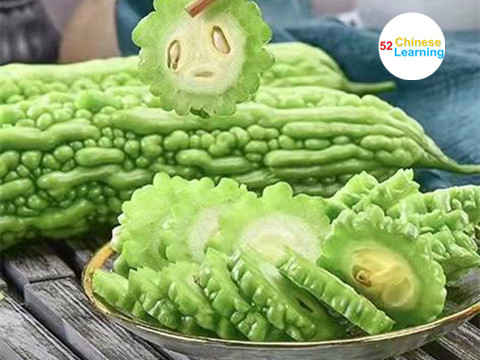Copy link succeeded! Now can share to friends.
It’s that time of the year again. No, I’m not talking about Christmas or New year. I’m pertaining to the season of rejuvenation. It is finally the rejuvenating cusp of the year. After waiting so long, the season of invigorating hot weather complemented by the right amount of refreshing rain is here; the time of balance arrives. Are you feeling it? Are you feeling the refreshingly hot breeze of Summer Solstice (夏至 Xiàzhì)?

“Summer Solstice (夏至 Xiàzhì)” is the tenth solar term in the traditional Chinese Lunar Calendar. Summer Solstice, otherwise known as “Summer Festival” or “Summer Solstice Festival,” falls at exactly mid-year.
During this period, people experience uncomfortable heat. That stems from the long hours of the day and incredibly short nights. The ancient Chinese said: 日长之至,日影短至,至者,极也,故曰夏至(Rì zhǎng zhī zhì, rì yǐng duǎn zhì, zhì zhě, jí yě, gù yuē xiàzhì). “The day is long, and the shadow of the sun is short, and the one that the heat temperature reaches is extreme. That is why we call it the summer solstice.”
The solar terms of the traditional lunar calendar are imperative due to their cultural and traditional value. Consequently, people equally commemorate 夏至 (Xiàzhì) or Summer Solstice.
However, there’s more to it than mere tradition. Summer Solstice means the arrival of midsummer. That means the second half of the year will begin.
Interestingly, during Summer Solstice, pole shadows are nonexistent. At this time of the year, the sun sits directly over the Tropic of Cancer. That’s why you can witness the phenomenon known as the “upright pole with no shadows.”
There are many places in China where you can see witness this phenomenon. The most famous destination is the province of Hani in the autonomous city of Mojiang, southwest of China’s Yunnan province.
Another interesting aspect of the solar term is the wheat harvest. That is because the practice had endured since primordial times. It has been customary to celebrate the harvest at this time through offerings and prayers for a prosperous year. These practices have become integral in celebrating the summer solstice festival.
The Summer Solstice plays an integral role in the love of agriculturists. Farmers thank their ancestors for a bountiful harvest and pray for the “Autumn News.” In some areas, they still hold a grand “过夏麦Summer Wheat” festival, also a tradition that originated from ancient times.
What’s a festival without an iconic delicacy? Such is true with this solar term. The food of choice is Noodles.
There is a saying among Chinese folks that “冬吃饺子夏至面 (Dōng chī jiǎozi xiàzhì miàn) dumplings on the winter solstice and noodles on the summer solstice.” Eating noodles during the Summer Solstice has become customary in different regions, especially Jiangnan.
The tradition stems from the plethora of wheat stocks during this time. After all, the harvest season recently ended. The most accessible ingredient is wheat. So eating noodles on the solar term is imperative. However, that doesn’t mean that it has repetitive and cliche flavors. Usually, people come up with innovative flavors to enlighten their taste buds with something new.
There are many types of noodles in the south, such as Yangchun noodles, dry soup noodles, shredded pork noodles, three fresh noodles, bridge noodles, and sesame oil cold noodles, while in the north, there are braised noodles and fried noodles.
Your first 1-on-1 Chinese lesson offer